Coca-Cola’s advertising campaigns have been incredibly successful within the digital realm and is able to report a great deal of success on social media – which have even included different polar bear campaigns.
Let’s have a look at some of the most successful Coca-Cola ads and the initiatives behind them. This will help us to understand how Coke ads have included both local campaigns as well as globalized ones.
Share a Coke: Make a Name
If you are a fan of finding your name on Coke cans, you will probably be very familiar with this Coca-Cola advertising campaign.
Over time, the campaign has extended to include a wide range of names. Name choices, ranging from Aodhán to Zoe – formed part of this popular Coke advertisement.
Before long, the Share a Coke digital campaign began trending on social media, where people shared stories, selfies and moments of coming together with friends or loved ones.
How did this idea come about?
The idea for the share a Coke name generator came from Lucie Austin and Jeremy Rudge, who were looking for a great marketing idea for summer Coke advertisements in Sydney in 2011.
Once they were presented with a wall of cans, each containing different names, they were sure that the Coca-Cola ads would be a success.
They were right. Over that summer, 250 million personalized Coke bottles or cans were sold. This is an exceptional achievement, considering there are only 23 million people in Australia.
What about the Logo?
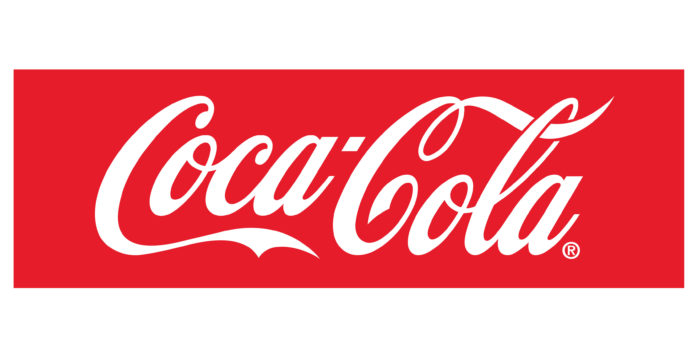 We all love the Coca-Cola logo, and it is easily identifiable, standing out proudly against the competition. However, the logo has never remained static. As an important part of any Coca-Cola advertising campaign, the logo has shifted or adapted to suit the changing times.
We all love the Coca-Cola logo, and it is easily identifiable, standing out proudly against the competition. However, the logo has never remained static. As an important part of any Coca-Cola advertising campaign, the logo has shifted or adapted to suit the changing times.
1886 – What is in a name?
John S Pemberton completed the final formula for a new cool drink in 1886. Frank M Robinson, his partner, came up with the name Coca-Cola.
Now a familiar name to people all over the world, the name was chosen because the double C’s would look great in Coca – Cola advertisements. He began experimenting with the name, using the popular Spenserian script of the times.
1887-1890s – including a trademark
After coming up with a logo, the next step was to include a trademark. This was added to the first ‘C’.
1890 – 1891
Coca Cola spent a year experimenting with swirls, giving the brand an exciting makeover. This makeover lasted only a year.
1941 – 1960
Time for further changes! Coke moved the words “Trademark Registered” from the tail of the first ‘C’ and placed it outside of the logo. The logo now had a cleaner appearance.
1958 – 1960s – getting fishy
Coca-Cola marketing included a ‘fishtail’ logo, known as the Arciform, into their new coke advertisements and product designs.
1969 – Riding the white wave
During 1969, Coca Cola advertisements, as well as products, included the Arden Square logo. The logo was incorporated into a red box, with the lettering underlined by a white wave. This wave is sometimes known as the ‘Dynamic Ribbon Device’ and is currently still in use.
2003 Keeping it real
Coca – Cola marketing campaign ‘Keeping it Real’ used the white wave, adding a pop of yellow for dramatic effect. This campaign also added some bubbles to the Coke name.
2007 – Going classic
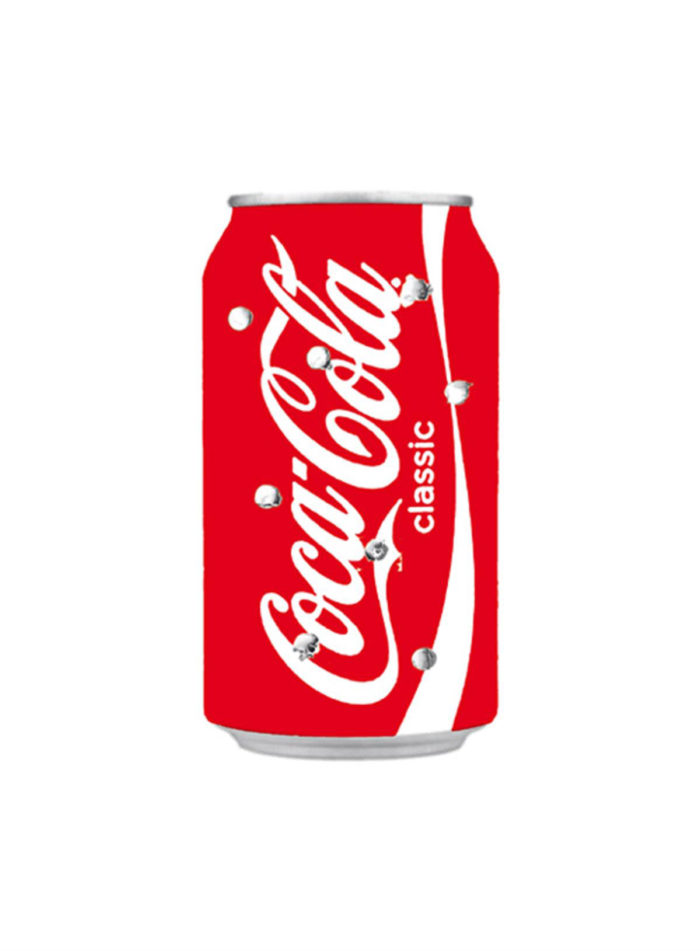 During this time, Coke returned to a classic design for Coca Cola advertising campaigns and products. They stuck to a simple, bold logo design with a single white ribbon.
During this time, Coke returned to a classic design for Coca Cola advertising campaigns and products. They stuck to a simple, bold logo design with a single white ribbon.
2011 – Celebrating 125 years of happiness
When Coke celebrated its birthday in 2011, the logo showed bubbles bursting forth in celebration. This great Coca Cola advertising strategy aimed to celebrate the past, pres, nt and future filled with Coke.
2013 – 2014
This was a time of the personalised Coke bottle. Coke used its classic font to include your name on their custom name Coke bottles.
A history of Coca Cola advertising Campaigns
1888: Asa Candler offers samples of a great new taste
Coca – Cola began marketing their products as far back in 1988, when Asa Candler offered customers a chance to taste his great new product. Asa Candler was the business tycoon who transformed a great idea into a popular product, creating a hugely successful company.
Coca-Cola ads were largely product based, offering clients the opportunity to get a taste of a great new product. Free samples as well as coupons were shared with members of the public in order to get them addicted to Coke. This turned a once of taste sensation into a regular purchase, creating loyal customers.
1906: marketing during the prohibition
During the prohibition alcohol was banned. Coca – Cola advertising campaigns focused on the social climate of the times. Coke was declared to be “The great national temperance beverage”. Offering itself up as a great alternative to alcohol, Coke ads enabled the drink to become a part of American culture.
1931: Modernising Santa Claus
Everyone loves Santa, but can you imagine him without his red and white suit? Did you know that it was Coca Cola marketing which gave Santa his colours, effectively creating the popular image we know today?
1971: The Coca-Cola advertising campaign which created a beloved song
We now know that Santa was modernised via Coke ads, but did you know that it was Coca Cola advertising which created one of our more popular songs? That’s right, and this happened simply because of a flight delay! A Coca – Cola advertisement team were heading towards London when their flight was diverted.
Due to a heavy fog which impacted on the pilot’s visibility, the plane was forced to land in Ireland. Passengers were frustrated but cheered up when sharing food and soda drinks. The campaign team began to realise their products were not simply about quenching thirst but also about bringing people together.
The next Coke advertisement featured people singing together in an attractive Italian landscape setting.
“I’d like to teach the world to sing in perfect harmony
I’d like to buy the world a Coke and keep it company.”
This song symbolised the peaceful and friendly atmosphere which had been observed at the airport. Both the Coca Cola ads and the song were incredibly successful.
A love story with recycling
Environmental awareness is a large concern at the moment. As waste plastic gains more and more attention, it was crucial for Coke marketing to address the issue.
In 2017, Coca Cola in Great Britain created a Coca Cola advertising campaign which was named “Love Story”. This coke ad was built using recyclable material. The CocaCola commercial showed two plastic bottles falling in love. In the Coke advertisements the bottles were able to fall in love repeatedly because they were recycled.
Coke announced that it will not be adding to waste plastic. Instead, it aims to collect all of its packaging and have it recycled by 2030. This Coke ad campaign showed the company helping to reduce the impact of waste plastic by taking responsibility for its products.
London 2012
2012 was the time of the London Olympics, and the Coca Cola advertising campaign matched the mood of the time. By drawing on the mood of the game, Coke ads created a ‘liquid and linked’ approach, celebrating as the world came together to focus on the joy of the Games. Teenage consumers were hooked and this was another of the great Coke campaigns.
#ThatsGold: Coke and the Rio Olympic Games
After their success at the London Olympic Games, Coke campaigns were determined to celebrate the Brazilian Olympics, which took place in Rio in 2016. Coca Cola in Brazil were determined to create great Coke a Cola ads which would capture the spirit of the Games. They chose to celebrate the sense of accomplishment we feel when we reach our goals, no matter how big or small.
Coke ads featured moments when past participants had achieved gold medals. They also included famous athletes in their Coke campaigns. These ads included international stars in order to appeal to a global audience.
The Coca Cola PR campaign was out in full force at the Games, allowing fans to have their photographs taken with props or buy merchandise to take home with them. This campaign went digital and used the hash tag #ThatsGold to appeal to a social media audience.
Tweet your Christmas wish
What would you like for Christmas, and how would you feel if your wish was broadcasted? Coke campaigns made people feel important by sharing their Christmas wishes during the 2011 holiday season.
Tweets could be sent through Coke zone and could be transmitted onto a brightly lit sing in Piccadilly. What could be more special than seeing your wishes light up the sky? It was no surprise that this was one of the more successful Coca-Cola advertising campaigns.
Coke campaigns at the 2012 Super Bowl
Coca-Cola created an interactive Coke advertising campaign at the 2012 Super Bowl. 2 polar bears were there to interact with the public as well as engage with what was happening on the field. Fans were able to interact via Facebook and Twitter. When the polar bears engaged with the audience, they would pull out their mobile phones in order to send a tweet.
Football fans were able to interact with the bears, each supporting a different team. In this social media Coke campaign, fans could ask questions or post photos onto Face book or Twitter. The polar bears would share images shared by fans using a tablet.
Coke streamed these interactions using social media, as well as on ESPN.com and its own Coca Cola ad banners. This great CocaCola marketing campaign won the hearts of fans.
Time to go trucking – a sleepover at Christmas time
The festive season is now a reminder of the Coca Cola colours and it is therefore entirely appropriate that Coke ads would fit right in. Christmas wouldn’t be the same without the Coca Cola truck filling up our television screens. In 2017, Coke ads decided to make the most of festive season excitement by means of a great Coca-Cola advertising campaign. Coke created a fun completion along with Laterooms.
Competition participants had to explain what made them the greatest Christmas fan. Winners would get to have a sleepover in the Coca Cola Christmas truck. They would also have the opportunity to celebrate Christmas by enjoying Christmassy food, presents from Santa as well as watch festive films.
Coke campaigns are always sensational but this simple campaign showed that local opportunities, social media and digital marketing could create a special experience for Coca Cola fans.
We Do!!
In order to create awareness around the high cost of sugar, the UK introduced a sugar tax. This would force up the price of sugary drinks such as Coke. In the UK, a 500ml bottle of Coke would increase in by 16p in price.
Coke wanted to keep showing its famous products in a positive light. It did so by showing that it has not become a part of the current obesity problem. Instead, Coke pointed out that their recipe had stayed constant for 132 years.
Marketing Coca Cola as part of the country’s heritage, the Coke ads featured Elvis Presley. This was one of the Coca-Cola advertising campaigns which ran both digitally and offline. Like other campaigns, this one included a tagline: “They don’t make them like they used to.”
Coca – Cola UK appealed to sugar conscious customers by repackaging its products. All Coke products were a standard red, and customers were encouraged to try the sugar free version. The Coke ads took social context into account as Coke designed an advertising campaign which would speak back to sugar tax.
Experimenting with friendship
In China there was a Coca-Cola advertising campaign which encouraged people to join a friendship experiment. Photographer Kurt Tang travelled through Guangzhou and asked strangers to join together and connect for a photograph.
The Ahh Effect
Did you know that marketing CocaCola includes setting up a series of games online? These games were intended to appeal to teenagers. The games were designed to be used on a mobile phone and were seen to be ‘snackable’ and made use of some of the company’s most popular products.
Simple in design, they were based on classic party games such as ‘pin the tail’ – except that instead of pinning a tail on a donkey, users pinned a tail on a Coke.
This was the first of Coca-Cola’s advertising campaigns which was exclusively created for the digital realm. Games were marketed via Vivo, Twitter and Buzzfeed. The campaign encouraged users to create their own small challenges which could then be introduced to the Ahh Effect platform.
Altogether, 61 different games helped to shape Coke’s marketing campaign. Each was designed to appeal to a short attention span. This game helped Coca-Cola to appeal to a young audience.
The happiness machine
Can happiness come to you via a machine? One of the more exciting Coca-Cola advertising campaigns suggests that it can. This campaign introduced a vending machine which offered flowers, sandwiches, pizza and drinks. In order to gain treats, the machines required actions from the participants. One machine required people to give it a hug, while another would dish out treats if users would dance.
Coke Zone
Coke Zone was a great digital marketing campaign from Coke which offered rewards to customers. This Coca-Cola advertising campaign sought to establish relationships with their customers in order to increase sales.
Customers were divided into zones based on products purchased. This Coke marketing campaign sent emails and SMS’s to customers offering rewards for birthdays, referrals and reactivating memberships. The results were excellent.
King of the recycle
This was a Coca-Cola advertising campaign which focused on recycling. This particular Coke campaign was launched in Israel.
Coke ads on Facebook showed 10.000 areas for recycle bins to be placed around the country. The social media site encouraged users to share how they were recycling as well as share photos of their recycled bottles. This encouraged customers to recycle and proved to be an excellent Coke ad campaign.
Ending thoughts on the Coca-Cola advertising campaigns
Coca-Cola advertising campaigns are both frequent and very popular with customers. The company launches a new and exciting Coke ad campaign every year to remain popular with customers. Coke ads always show creativity and emphasise belonging.
By sharing a simple, friendly message which remains positive, Coke ads win the hearts of their customers and create a sense of community over and over again.
If you enjoyed reading this article about the Coca-Cola advertising campaigns, you should read these as well:
If you liked these, here are more interesting articles to check out:
- Adidas Ads in Print Magazines
- Nike Print Magazine Ads
- Advertising jobs: How to get a job at an advertising agency
- Advertising Slogans: Creative and Popular Product Slogans
- Advertisement Ideas: 500 Creative And Cool Advertisements
The post Coca-Cola Advertising Campaigns: Print Advertisements and Commercials appeared first on Design your way.
Source: https://ift.tt/2GPdZqc
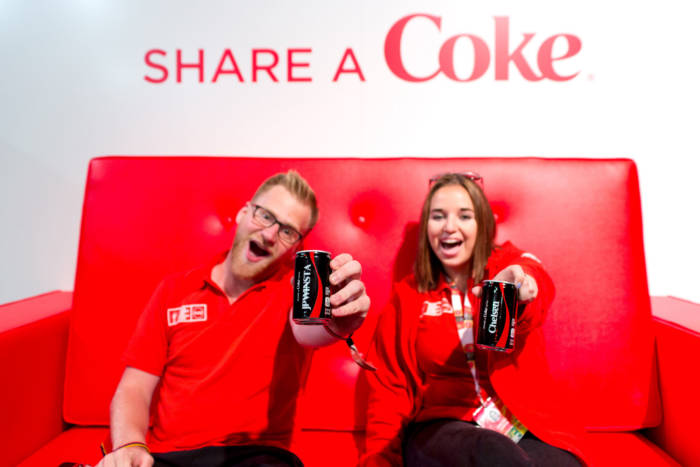
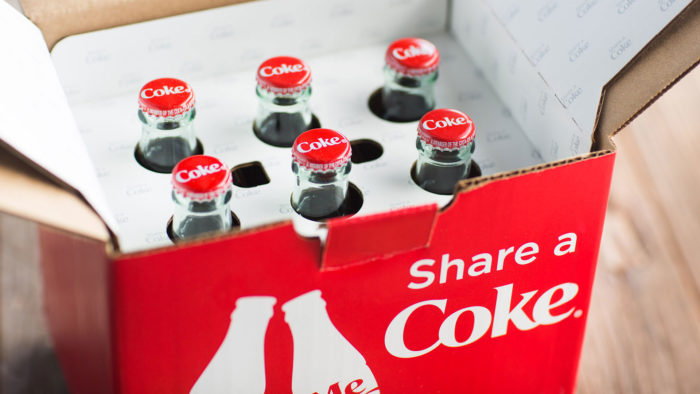
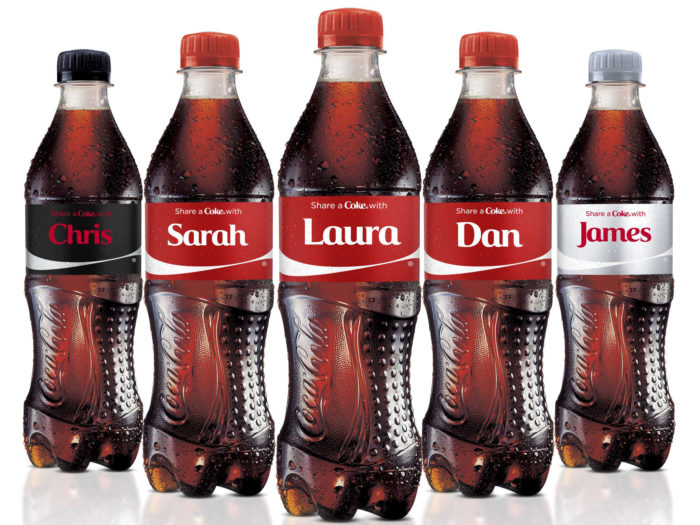
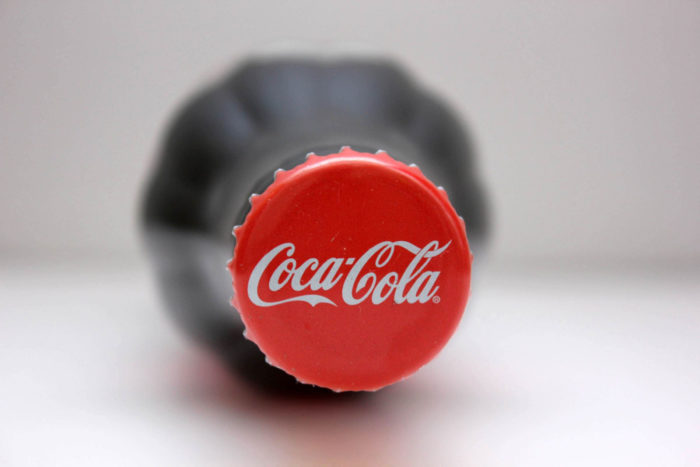
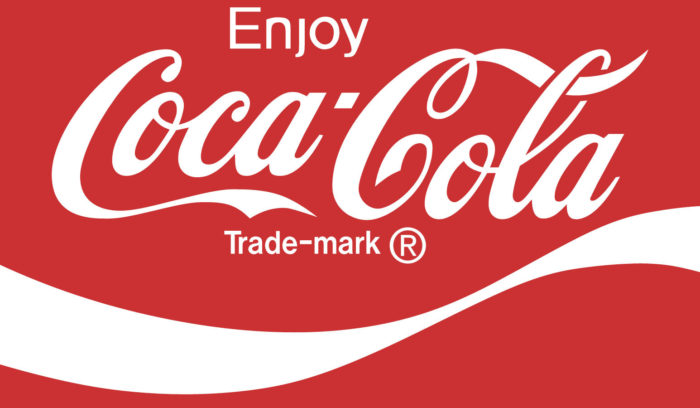
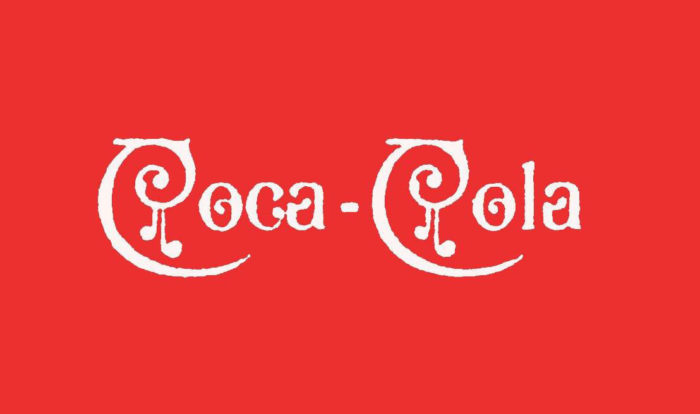
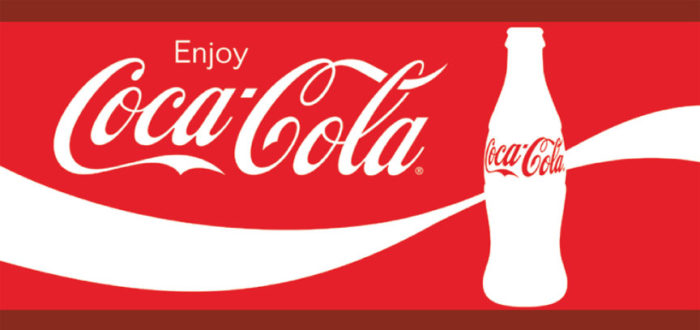
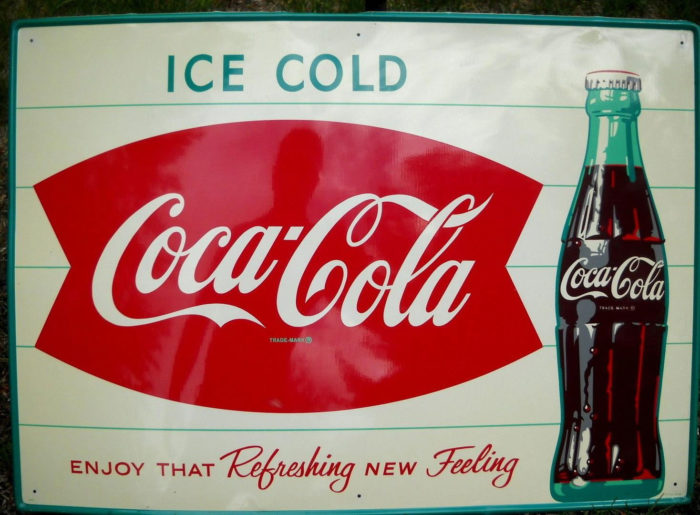
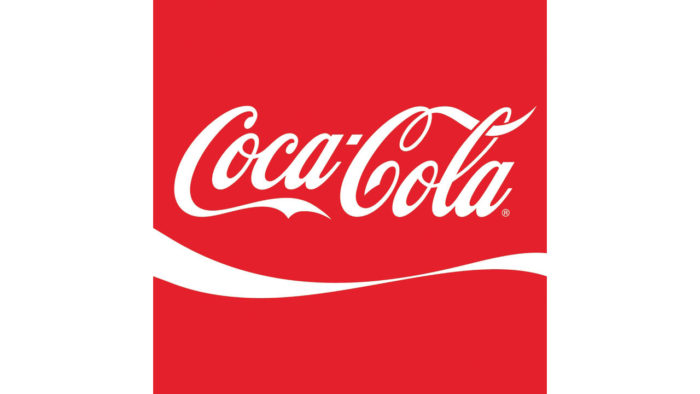
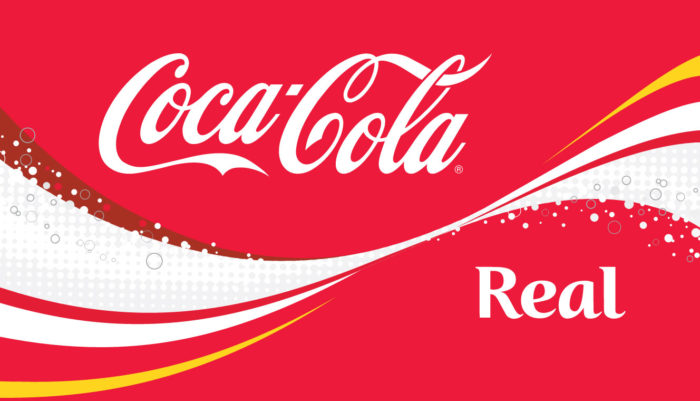
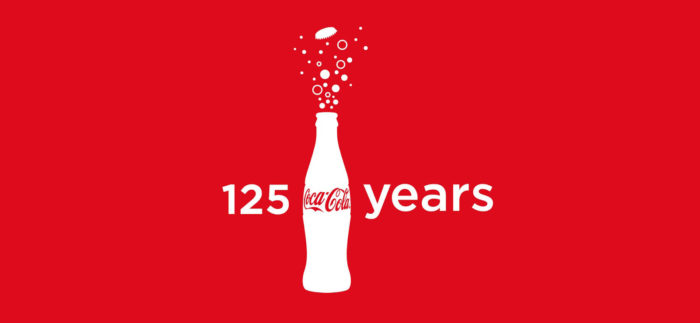
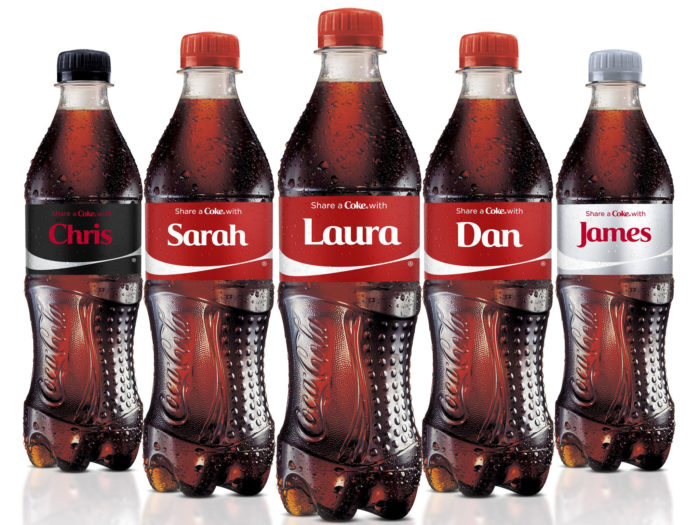
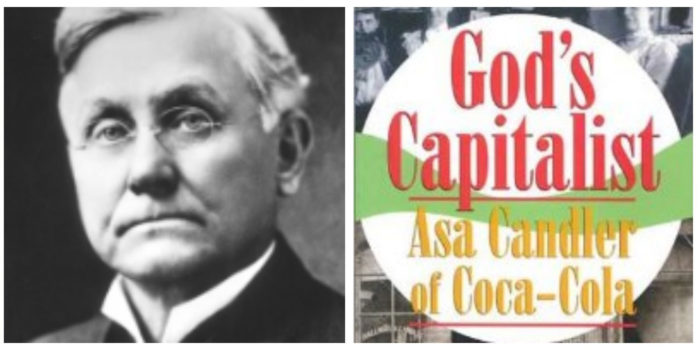
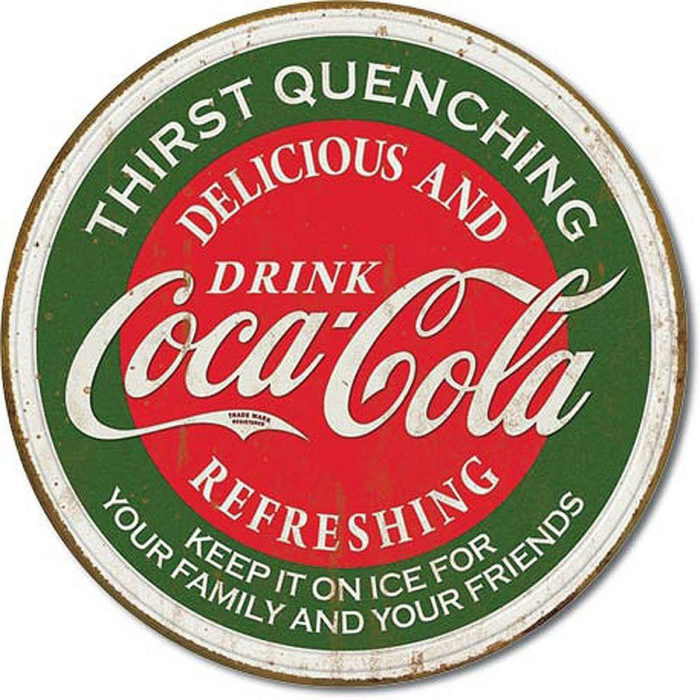
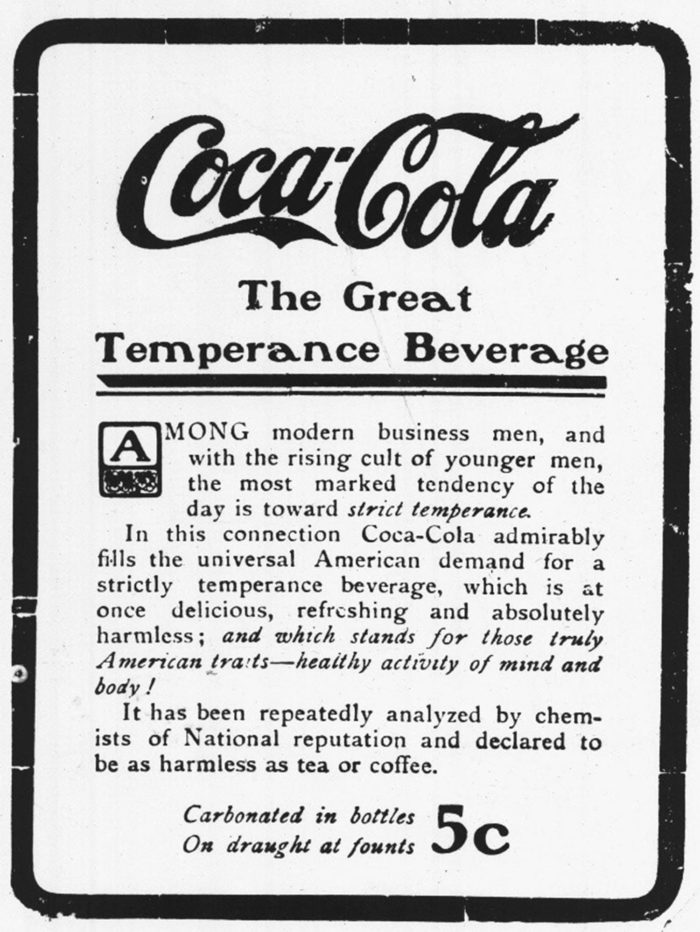
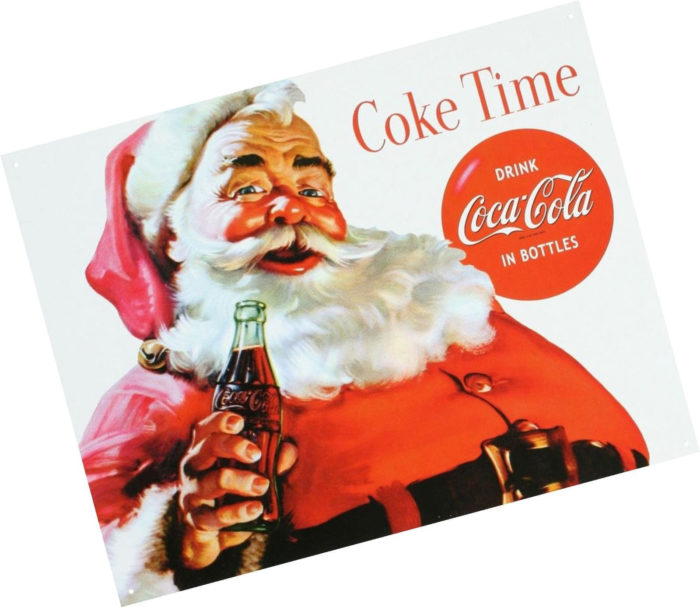
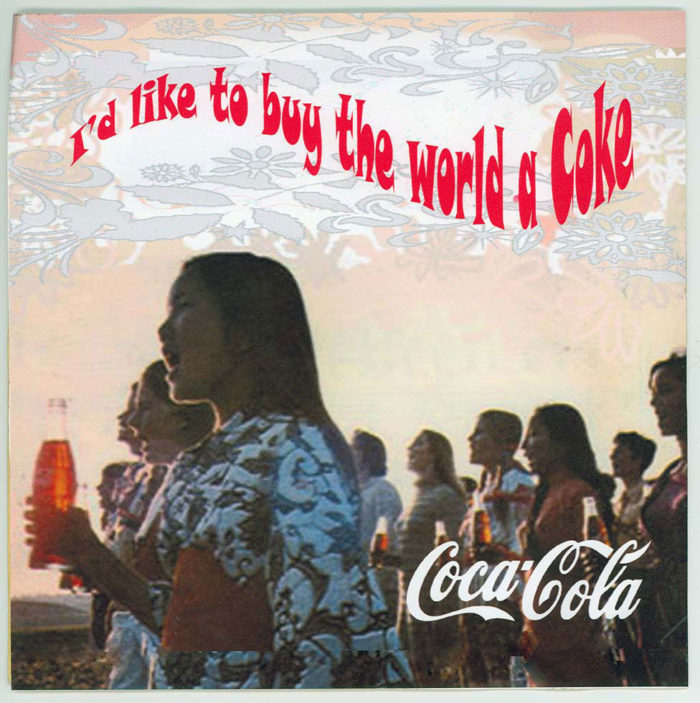
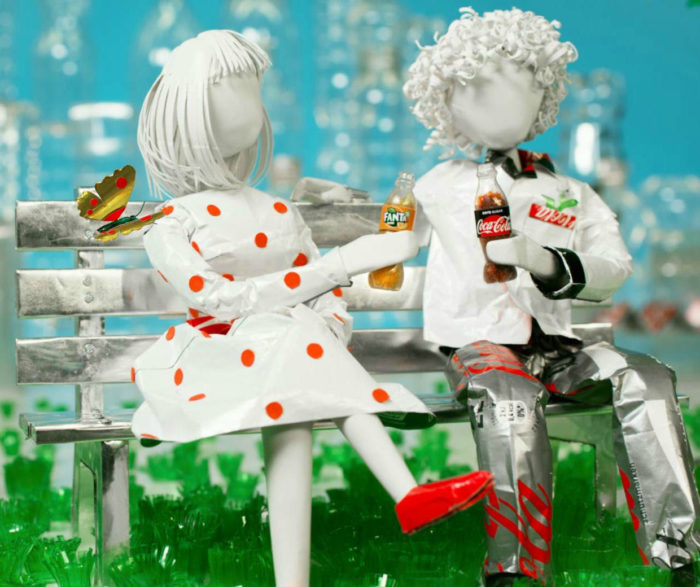
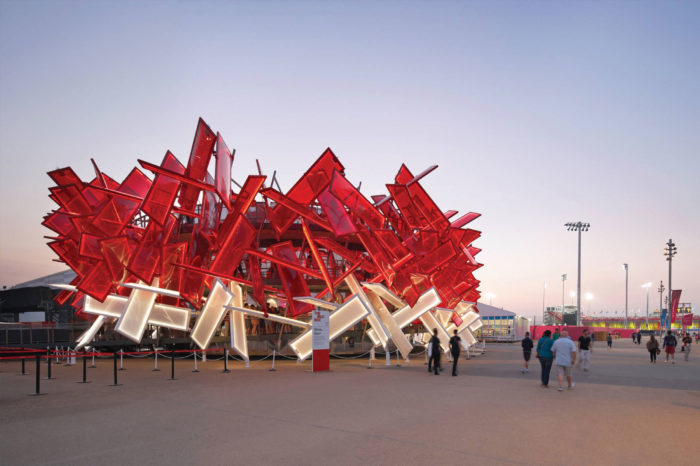
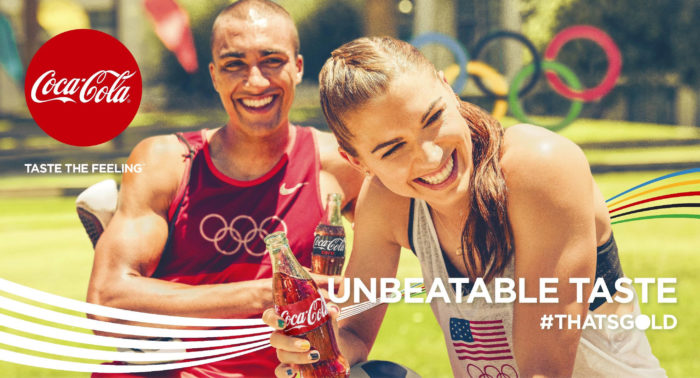
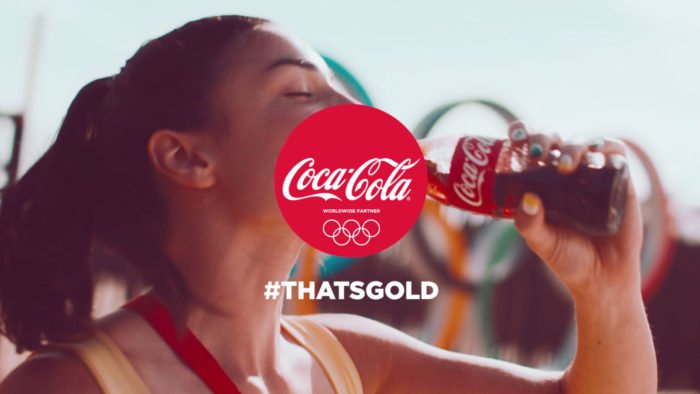
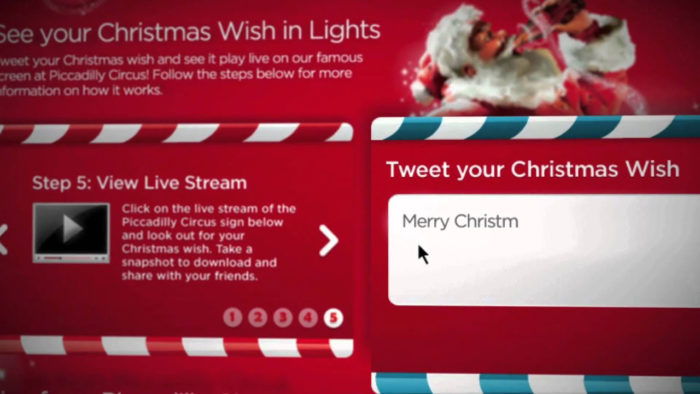
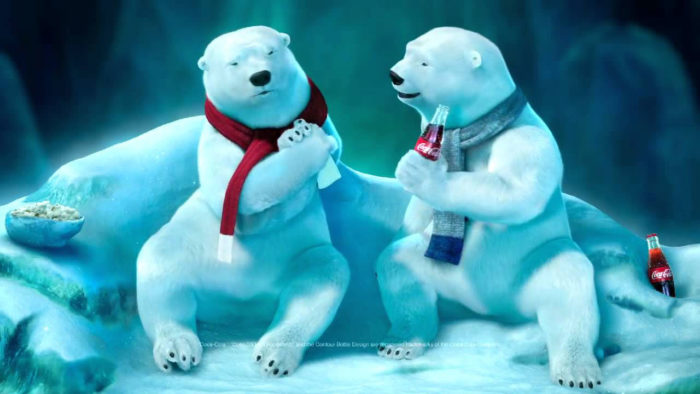
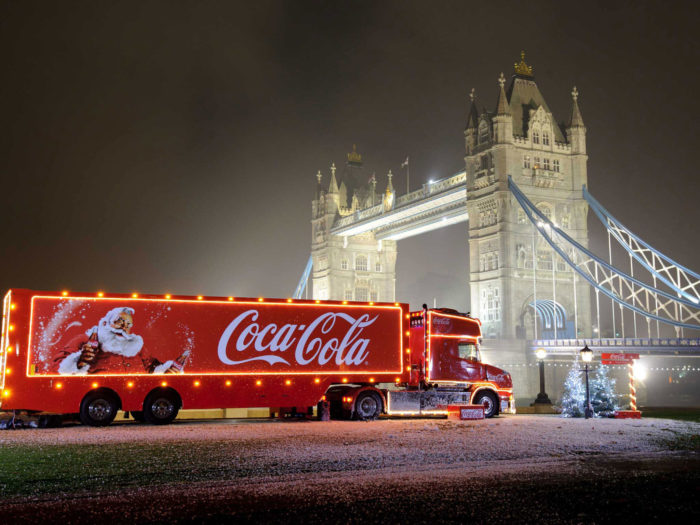
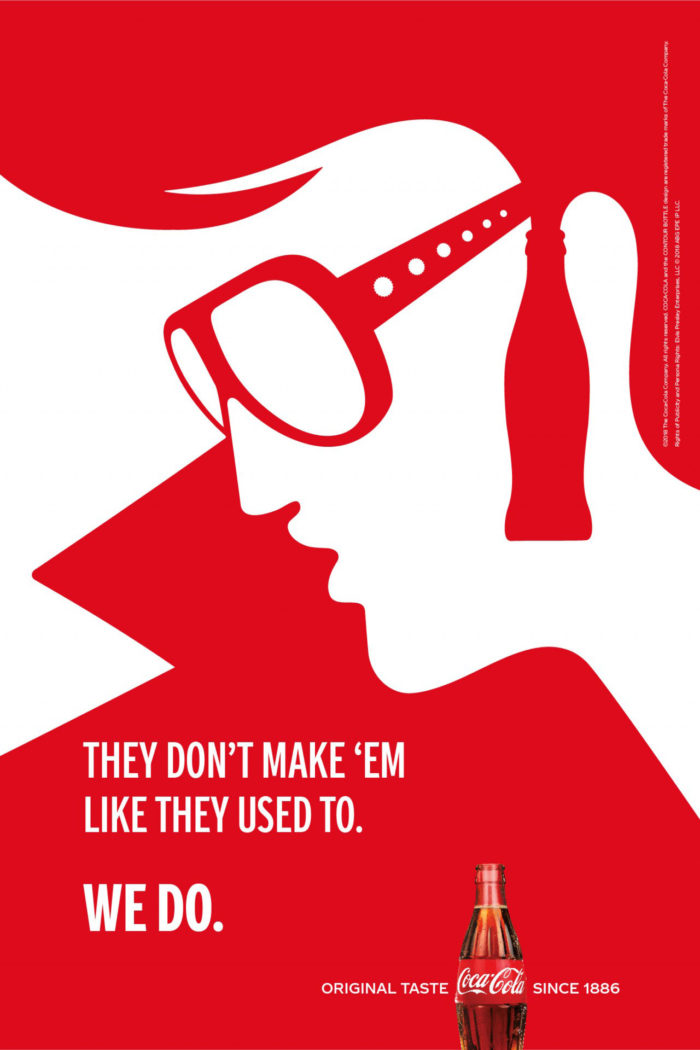

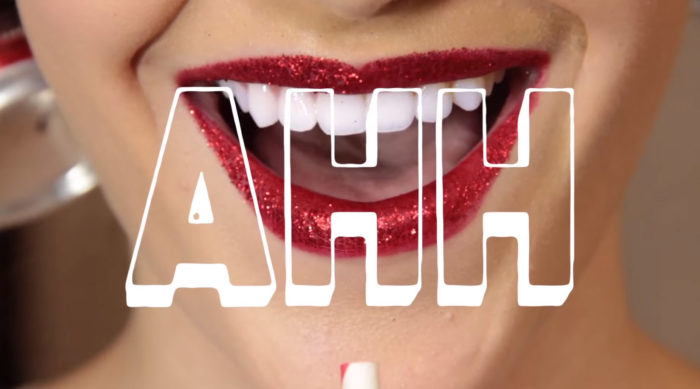
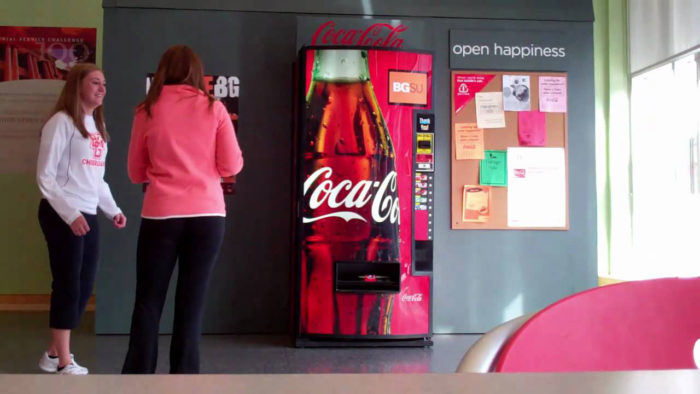
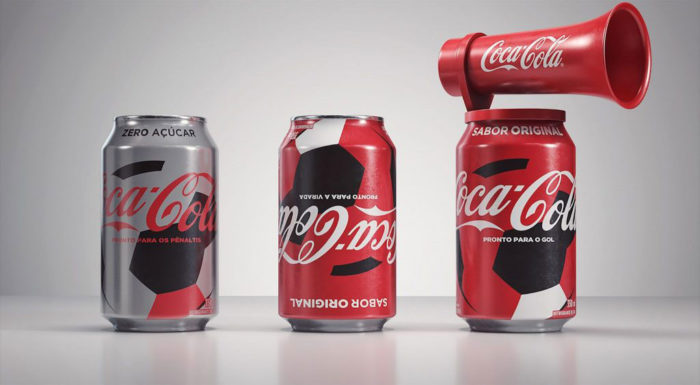
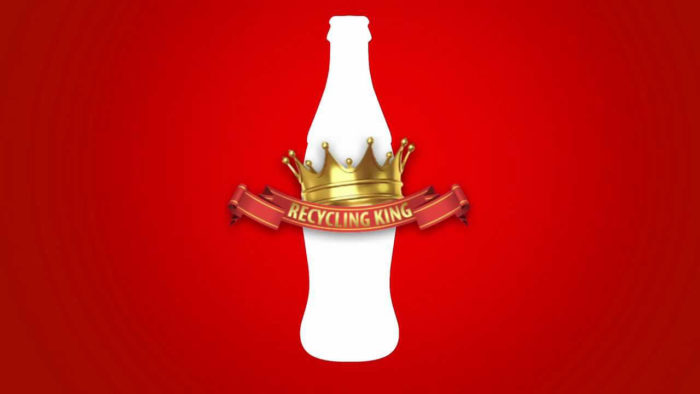

No comments:
Post a Comment